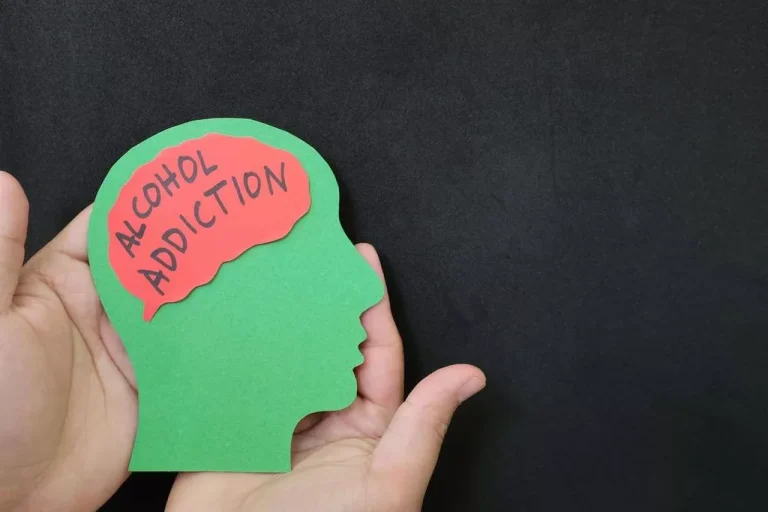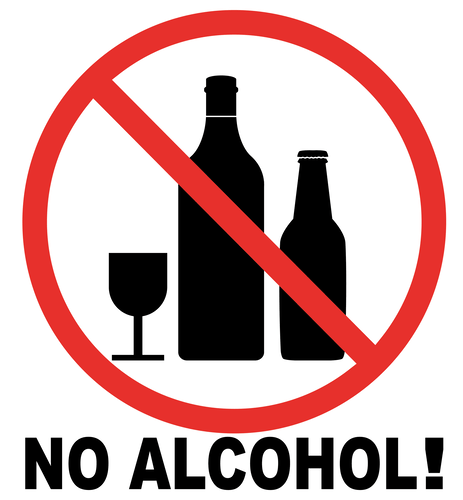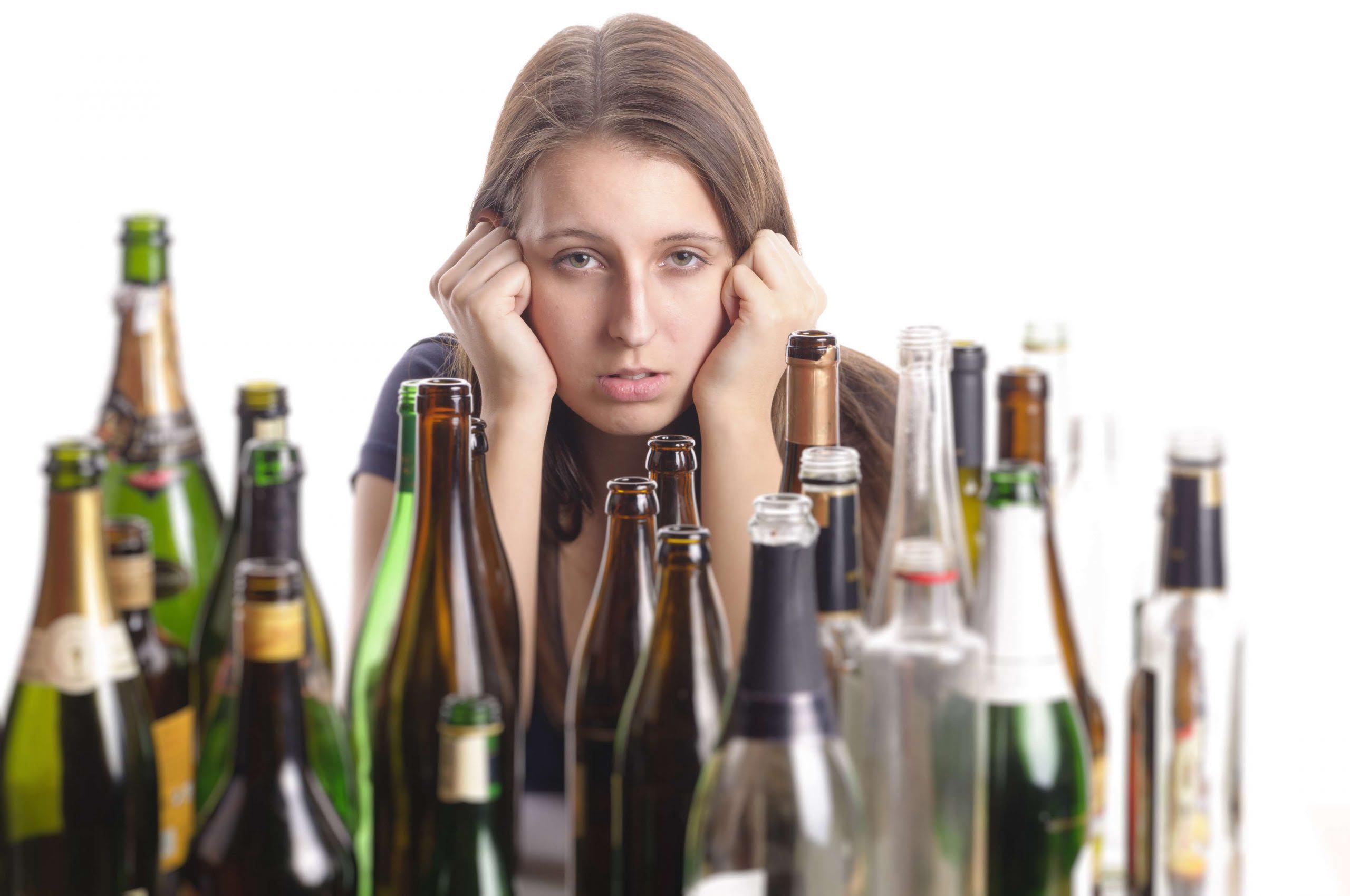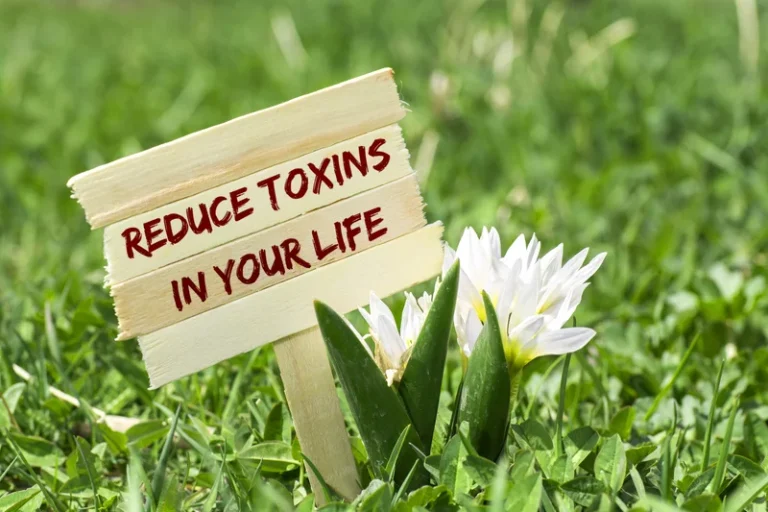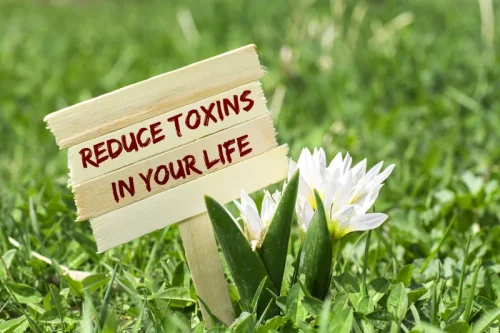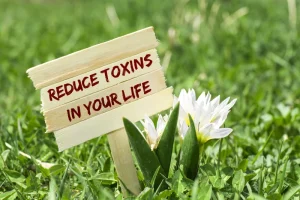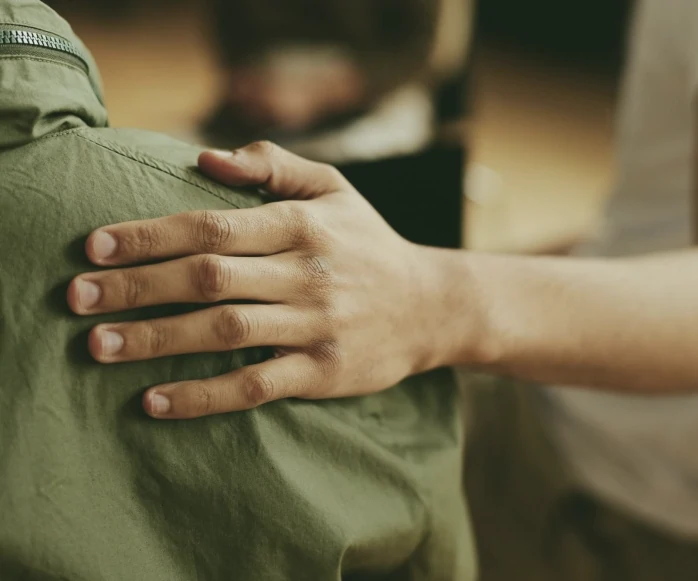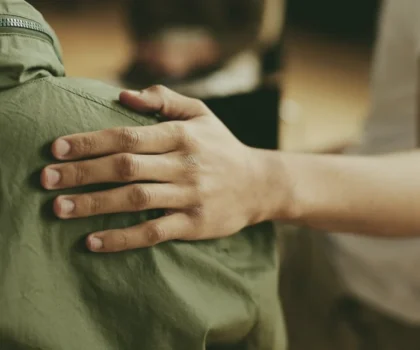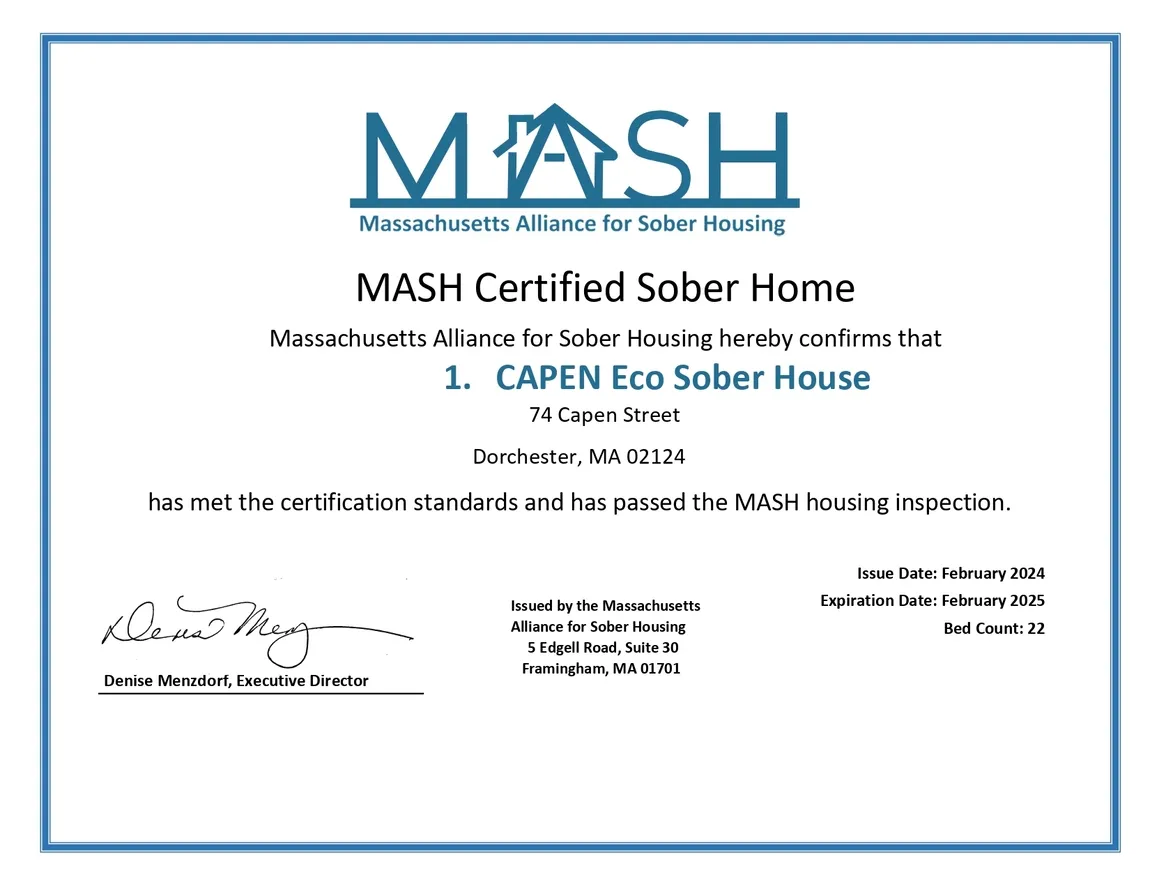
This stage in the hiring process is more of a fact-finding mission than to determine whether your traits and attributes will mesh with the workplace culture. Before your interview, practicing responding to questions that focus on your skills, instead of the reasons why you left your previous employers. If you’re unsure about how entering treatment will impact your employment, speak to the admissions specialists at the rehab facility.
Can I continue working while going to rehab?
Be as specific as possible, with detailed descriptions of behavior and appearance, and the dates and times of each observation. Register for our webinar with Meric Bloch to learn techniques necessary for a successful intake discussion with the reporter about actual or possible misconduct. At Discover Recovery, we develop an individualized treatment plan for each client based on their unique needs. This maximizes your chances of success by addressing the root causes of your substance use disorder. The prospect of returning to work after drug rehab can be frightening and intimidating. Learn about opportunities to help change the conversation around mental health.
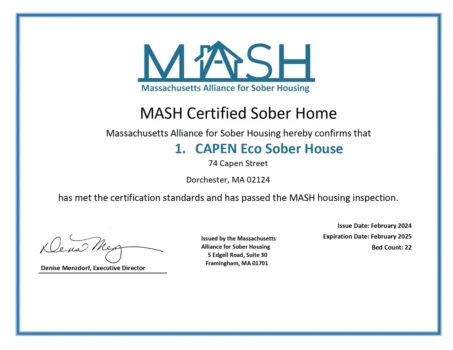
Know Your Rights – You Have Resources Available To You If You Want To Get Treatment
You may decide on disclosing basic facts, such as the length or type of therapy program employed, without giving out specifics concerning yourself personally. This helps protect confidentiality while enabling comprehension from colleagues that can be encouraging. Having an established strategy can assist you when transitioning back into work life and provide assurance that everyone involved understands their roles in the situation. By clicking “Submit,” you certify that you have provided your legal name and phone number, agree to the terms and conditions and privacy policy, and authorize Addictionresource to contact you. You consent to receive SMS notifications and promotions from Addictionresource. However, there are a few simple techniques on how to tell your employer you are going to rehab.
- The short answer is yes, but there are many more layers to the concept and you might have options before your employer lets you go.
- Address the issue respectfully, focusing on problem-solving rather than aiming to get the person fired.
- Once you have enough evidence, schedule a meeting with your manager to discuss your concerns.
What if a Person Loses Their Job While Getting Treatment for an Addiction?
This indirect approach can be effective without resorting to extreme measures. Our new outpatient facility is located in Boise, and will serve The Boise Metropolitan Area. It will provide a safe & therapeutic environment for both our staff and patients. For more information on testing your employees, see Nolo’s article on Testing Employees. For information on using pre-employment tests to screen out potential problem employees, see Nolo’s article Testing Job Applicants. Before performing any drug test or adopting a drug test policy, you must get some legal advice.
These questions are disability-related because past drug addiction generally is a disability. The ADA applies to addiction to alcohol and to the illegal use of drugs differently. Addiction to alcohol is generally considered a disability whether use of alcohol is in the present or in the past.
Exploring the Truth: Do All Jobs Suck?

Anonymous reports or formal complaints should concentrate on work-related impacts rather than personal matters. In situations involving a hostile work environment, dismissal through formal channels is acceptable, given that it’s supported by valid evidence. When making an anonymous report, provide detailed information about the person’s behavior and any evidence supporting your claims, especially if it has created a hostile work environment.
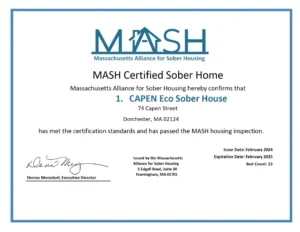
Of this number, only about 4.5% ( Approximately 806,000) felt the urgency to signs of drug use seek help. In 2016, an estimated 19.9 million people aged 18 and above needed substance abuse treatment; only 10.8% of this number (2.1 million) received treatment. What do you do if you suspect an employee is under the influence of drugs or alcohol at work?

